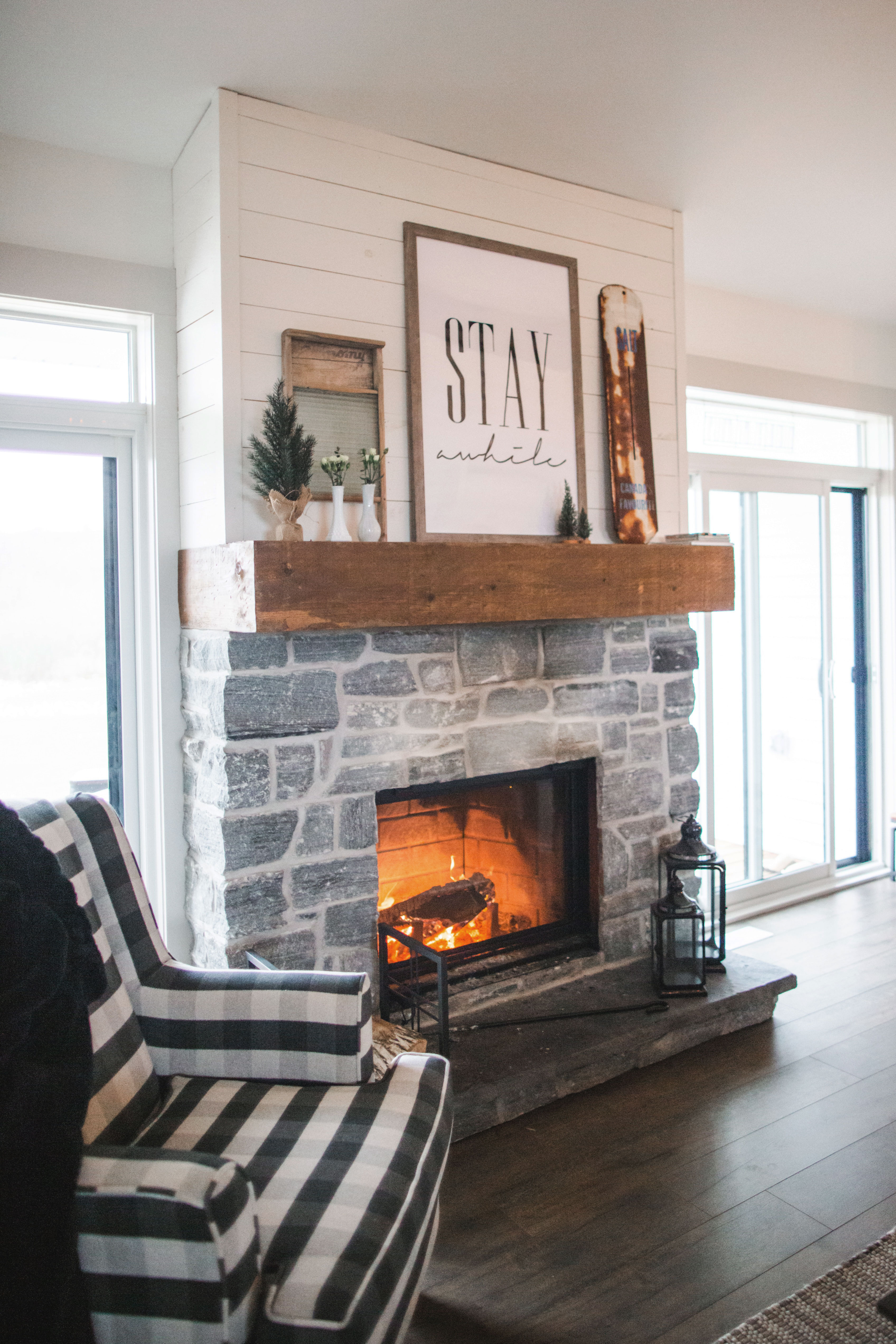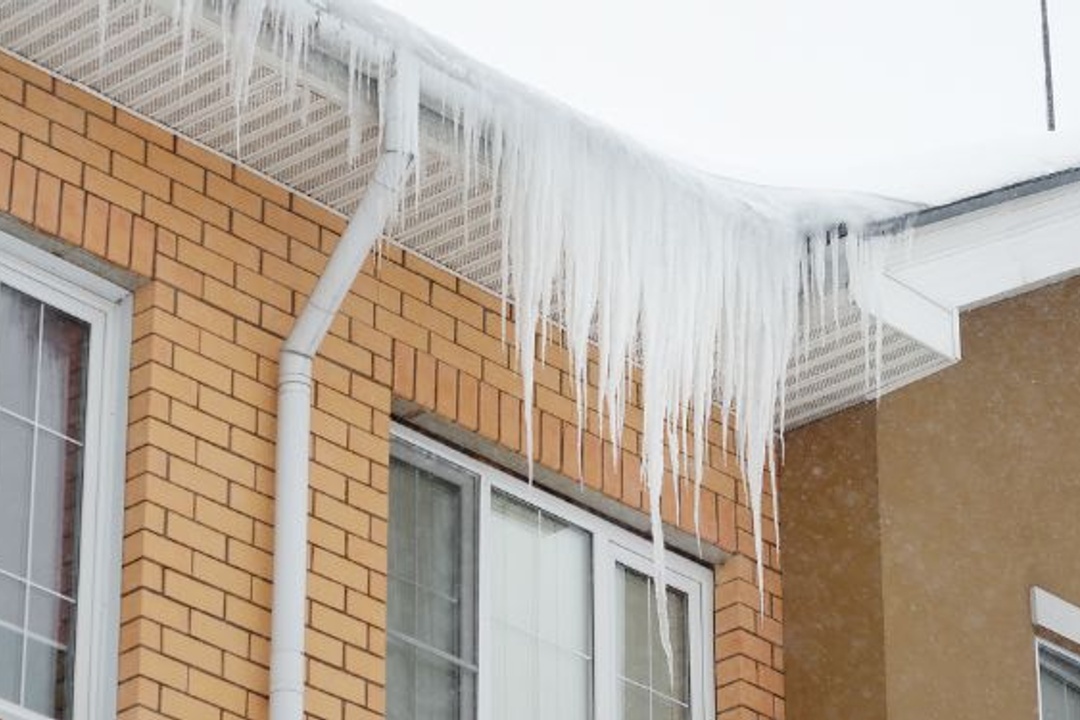
Carbon Monoxide Detectors
It's no secret that the cold weather months are setting in. With regular cold fronts and low temperatures, you'll more than likely be using your fireplace or switching on your heater, possibly exposing yourself and your family to carbon monoxide. According to the CDC, "CO (Carbon Monoxide) is found in fumes produced any time you burn fuel in cars or trucks, small engines, stoves, lanterns, grills, fireplaces, gas ranges, or furnaces. CO can build up indoors and poison people and animals who breathe it."
Carbon monoxide is dangerous, sending around 20,000 people to the hospital and killing about 400 every year. While there are many ways CO can be produced in your home, there are simple and easy ways to make sure your home is venting the gas properly. The first step is detecting levels early with a carbon monoxide detector. Similar to a fire alarm, it will alert you if the levels of CO get to high inside your home.
For a full list of recommendations to prevent carbon monoxide poisoning visit the Centers for Disease Control and Prevention website.
Fire Extinguishers
Fire risk grows during this time of year. The Red Cross says that house fires "generally increase during the fall and winter, with December and January being the peak months." The reason for this could be related to alternative heating sources. Fireplaces and heaters can pose a significant fire risk. Additionally, maxing out wall sockets, using old decorations with faulty wiring, and forgetting to blow out decorative candles can also increase your fire risk. " Cooking fires are the number one cause of home fires and home fire injuries." Increased activity, forgetfulness, and risky techniques (turkey frying anyone?) mean that you need to make sure your fire extinguisher is in working order.
The Red Cross Recommends:
•Consider having one or more working fire extinguishers in your home.
•Get training from the fire department or a fire extinguisher manufacturer.
•Install extinguishers high on the wall, near an exit, and away from heat sources.
•If you try to use a fire extinguisher on a fire and the fire does not immediately die down, drop the extinguisher and get out.
•Look at your fire extinguisher to ensure that it is properly charged.
Read the entire list of home fire safety tips here.
First Aid Kit
You don't ever think about the importance of a well-stocked first aid kit, that is until you need it. With increased activity and more traffic inside your home during the holidays, bumps, cuts, falls, and accidents are bound to happen. From ice packs for bumps to stopping bleeding until EMS can get to you, a properly maintained first aid kit can give you peace of mind and can help you navigate all the situations the holiday season throws your way.
The Mayo Clinic's List of Recommended First Aid Items:
•Adhesive tape
•Elastic wrap bandages
•Bandage strips and "butterfly" bandages in assorted sizes
•Super glue
•Rubber tourniquet or 16 French catheter
•Nonstick sterile bandages and roller gauze in assorted sizes
•Eye shield or pad
•Large triangular bandage (may be used as a sling)
•Aluminum finger splint
•Instant cold packs
•Cotton balls and cotton-tipped swabs
•Disposable nonlatex examination gloves, several pairs
•Duct tape
•Petroleum jelly or other lubricant
•Plastic bags, assorted sizes
•Safety pins in assorted sizes
•Scissors and tweezers
•Hand sanitizer
•Antibiotic ointment
•Antiseptic solution and towelettes
•Eyewash solution
•Thermometer
•Turkey baster or other bulb suction device for flushing wounds
•Sterile saline for irrigation, flushing
•Breathing barrier (surgical mask)
•Syringe, medicine cup or spoon
•First-aid manual
•Hydrogen peroxide to disinfect
•Medications
•Aloe vera gel
•Calamine lotion
•Anti-diarrhea medication
•Laxative
•Antacids
•Antihistamine, such as diphenhydramine
•Hydrocortisone cream
•Cough and cold medications
•Personal medications that don't need refrigeration
•Auto-injector of epinephrine, if prescribed by your doctor
•Pain relievers, such as acetaminophen (Tylenol, others), ibuprofen (Advil, Motrin IB, others)
To see the full list of items and get other great information on first aid, visit the Mayo Clinic first aid kit page here.
Alarm Systems and Security
As children eye presents under the tree, so are thieves. While burglars tend to slow down during the winter months, December is the most active. This is due in part to increased time away from home, and newly purchased gifts. Thieves might seek to target a home where the owners are away during large times so they can make the most of their time in your home. As shopping online has become a way of life, so have the instances of swiped packages.
A great and straightforward deterrent to break-ins has an alarm system. If you don't have a system installed, there some great ways to get started, and with SimpliSafe starter kits available for under $200 you begin securing your home in an afternoon. Google also has launched it's Nest security system complete with cameras and Nest Key Tags that let you quickly arm and disarm your system; there is a wide variety of options for whatever your home needs.
Are you worried about a family member with a key sneaking in and out of your home during the holidays? Perhaps you may be, but sometimes we all have to deal with unwelcome guests during this time of the year. Whether it's a pushy salesperson or an estranged family member, a little extra security on your front porch never hurts. A smart doorbell is another great alternative to your holiday security issues. Whether you are waiting on a gift to arrive in the mail or you are keeping an eye on traffic to your front door, the smart doorbell has some significant advantages if you are looking for an extra eye.










